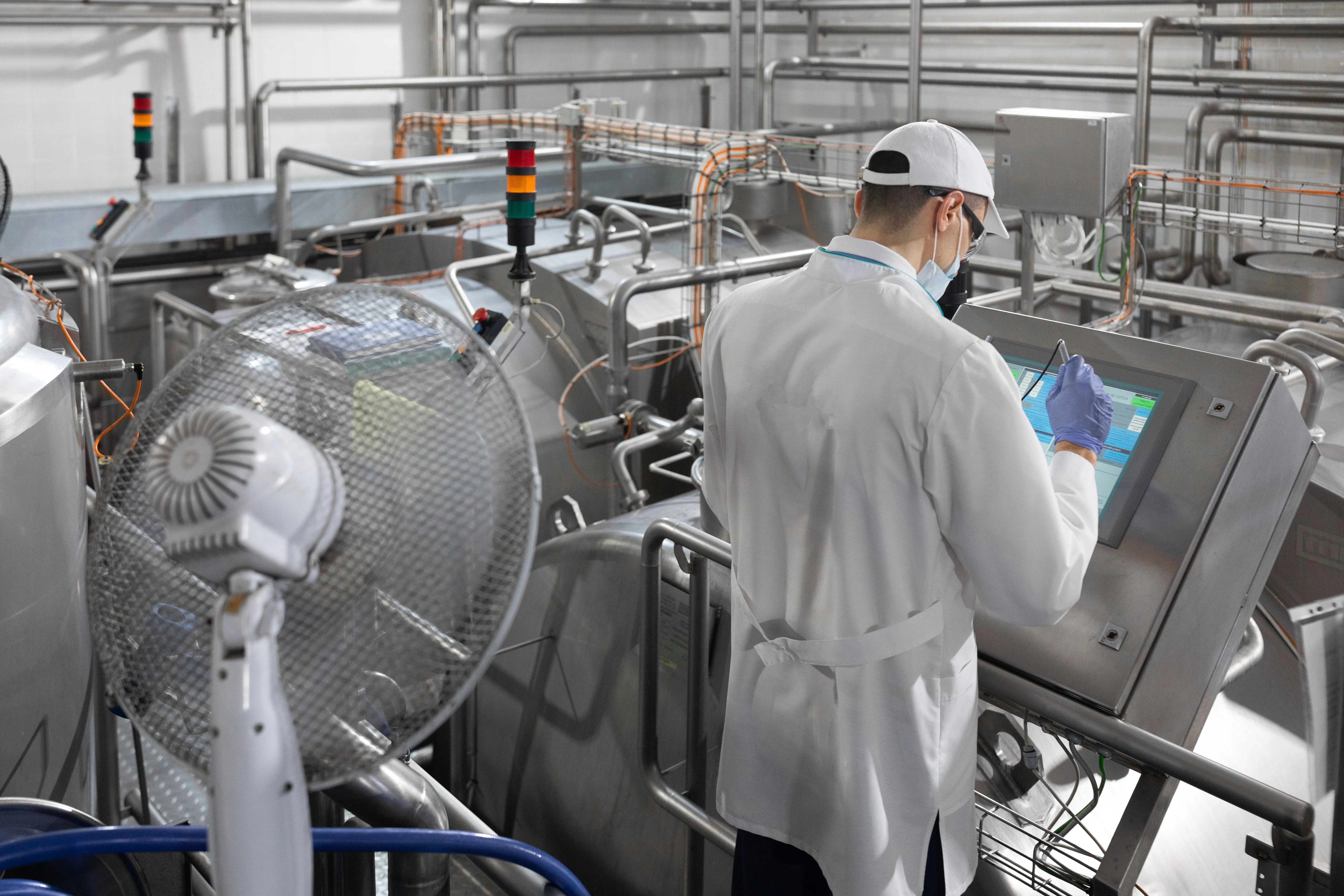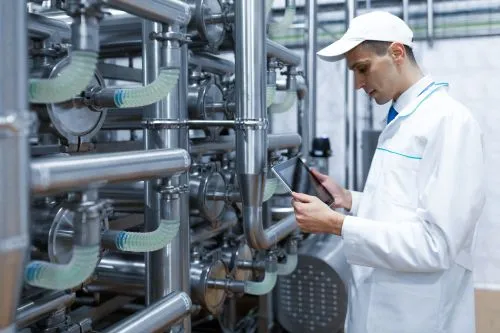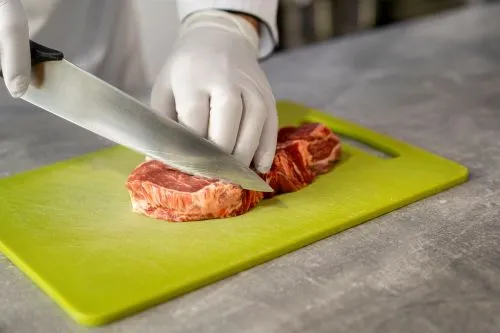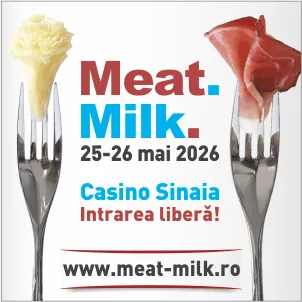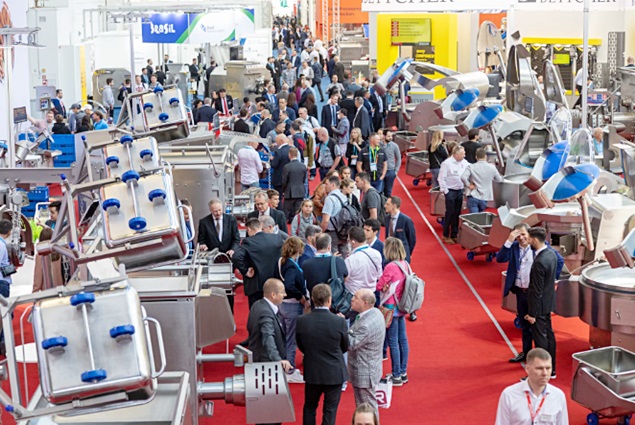
Challenges and Innovations in the Butchery Trade: Solutions at IFFA
Due to a shortage of qualified personnel and strict bureaucratic constraints, the butchery trade is currently facing a variety of business challenges. As the leading international trade fair for the sector, IFFA – Technology for Meat and Alternative Proteins presents forward-looking solutions aimed at increasing production efficiency and introducing innovative sales concepts.
Labor Shortages as a Major Issue
The lack of skilled employees is a significant problem for most businesses in the butchery trade. Confirming this, Dr. Reinhard von Stoutz, Managing Director of the German Butchers' Association (DFV), states:
"The latest investment study has shown that an above-average number of companies would like to invest in new personnel."
In this context, there is naturally great interest in solutions that reduce labor costs. Another finding from the DFV survey reveals that business owners also plan significant investments in production, vehicle fleets, and slaughtering technology.
The 24/7 Principle Mitigates Labor Shortages
24/7 solutions, particularly used by master butcher businesses in rural areas, help ease this difficult situation by introducing smart digital stores that generally operate without staff and remain open around the clock.
Meat and sausages, as well as a full range of food products, are stored in vending machines or refrigerated lockers, which customers can access directly. Shopfitters offer hybrid concepts for existing retail spaces, combining the benefits of staffed and unstaffed smart stores, or sales containers that create new points of sale in locations such as villages, train stations, universities, or retirement homes.
According to DFV, seven percent of respondents are willing to invest in such solutions. Karsten Schmidt from Rheinböllen, in the Hunsrück region of Germany, operates a 36-square-meter staff-free sales pavilion in a shopping center. He explains:
"Anyone who wants to shop there must first register online and obtain a QR code, which not only allows them to access the store but also serves as a means of payment."
Four cameras monitoring the interior provide protection against theft and vandalism. Markus Leggedör from Weener, East Frisia, opened a 50-square-meter digital shopping center inside his existing store nine months ago.
When he closes his butcher shop on Saturday afternoons, he transfers any remaining products from the counter into the smart store. According to the master butcher, the results have been impressive:
"The Smart Store exceeded our expected revenue by 50 percent. It’s not just a great alternative to the service counter – it’s a real asset."
Environmental Awareness
Environmental, economic, and social awareness plays a crucial role for many butchers. By sourcing meat and slaughter animals directly from farmers—many of whom are local—they become part of a natural cycle with short transport distances.
In-house, humane slaughtering is a prerequisite for animal welfare and the highest meat quality, providing an additional ecological advantage. Moreover, environmental pollution and CO₂ emissions are minimized, as subsequent production stages such as cutting, meat processing, and sales all take place under one roof.
Since most meat is sold at the counter, sustainability benefits are further enhanced—local supply chains not only mean shorter commutes for employees and customers, but also reduce unnecessary and sometimes environmentally harmful packaging.
Due to their labor-intensive production and distribution systems, butcher businesses also create future-proof jobs, thereby ensuring social sustainability. However, many butchers are unaware of their sustainability advantages and should emphasize this aspect more in marketing and communication.
Regional Sourcing and Animal Welfare
For Sabine, Julia, and Lena Schmitz of the Schmitz butcher shop in the German town of Bitburg, sustainability is synonymous with regional sourcing. As the three women explain:
"We have so many great local products that we get almost everything from here. That’s why nothing in our counter comes from outside our region."
They have relied on their trusted suppliers for many years, purchasing pork, poultry, and beef from selected farms in the region. Just like their customers, all producers prioritize animal welfare, use their own feed, and personally transport their livestock to a small family-run slaughterhouse. In return, the farmers receive fixed prices above market rates.
Even the marketing agency they work with is based in a nearby village. The advantage? In addition to faster communication when needed, the advertising experts fully understand the value of the Eifel region and can credibly convey it.
As a trained chef, Lena Schmitz combines international classics with local products for daily specialties and catering services. One example is her regional twist on vitello tonnato: instead of veal tenderloin and tuna sauce, she uses chicken breast and a patented trout sauce as the base ingredients.
Energy Self-Sufficiency
Thomas Eisele from Ostrach in Upper Swabia harnesses solar power: he is a pioneer in renewable energy and electricity storage. The master butcher operates three photovoltaic systems generating a total of 115 kWp (kilowatt peak, the maximum power the solar modules can achieve under standardized conditions), a combined heat and power plant, and two electricity storage units with a capacity of 214 kWh and a power output of 90 kW. Almost as a side effect, Eisele’s car runs on electricity, increasing his total storage capacity to 304 kWh.
He also has several charging stations available to the public. If sunlight is insufficient and the storage system is depleted, the cogeneration plant acts as a buffer, ensuring that Eisele can even withstand a power outage.
At night, the master butcher uses the generated energy to power his refrigerated vehicles, which he operates during the day at weekly markets in the region, as well as his high-energy production machines. This sophisticated system makes him practically energy self-sufficient.
His verdict:
"Everything works exactly as planned. Thanks to the increased storage capacity, we don’t need any electricity from the grid. It’s simply there as an emergency backup."
IFFA Showcases the Latest Trends in the Butchery Trade
Presenting the latest technology for businesses of all sizes, IFFA is a meeting point for both the butchery trade and the industry.
At the trade fair, nearly all major exhibitors have specialists available to provide advice on topics such as slaughtering, processing, packaging, marketing, sales, storage technology, industrial hygiene, and IT.
In times of labor shortages and changing consumer habits, IFFA serves as an excellent source of practical solutions and new ideas. One example is new robotic solutions that save time, increase sales, and reduce employee workloads.
A great example is robotic slicing and packaging at the service counter. These robots, which can be controlled via tablet, automatically cut, slice, and package products.
The use of artificial intelligence (AI) in butcheries is also becoming increasingly important. What opportunities and risks does this development bring? How can AI help simplify production processes, optimize office workflows, and enhance marketing?
IFFA is the ideal platform to discuss these trends and see a wide range of machines in action. Along with markets and competitions, the German Butchers' Association (DFV) and GILDE will once again present a diverse program of events in Hall 12.0.

